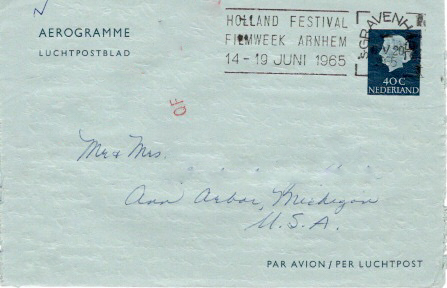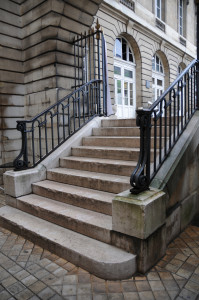Did you find this blog in your computer junk file? I have a feeling today’s blog might end up there because of the title. But don’t worry, it’s not what you might think. So, I hope everyone took my advice from our last blog and checked their junk file.
Today, we are going to visit with some occupants of Paris’s best-known cemetery: Père Lachaise. We’ll start with Delphine Palatsi and then introduce you to some of the inhabitants, who like Delphine, you’ve likely never heard of. However, I guarantee you that they all had very interesting lives.
Most of the books written about Père Lachaise contain very famous and well-known celebrities such as Oscar Wilde, Edith Piaf, Colette, and naturally, Jim Morrison. However, I want to be different so, my future book, Where Did They Bury Jim Morrison? A Walking Tour of Curious Paris Cemeteries will take you around and introduce you to people who have disappeared into the black hole of history. The common thread is that all of them led interesting lives and in one way or another, were historically significant in their day ⏤ some even left legacies we appreciate today. You’ll visit Baron Haussmann, Jane Avril, Ferdinand de Lesseps, and Guy Môquet as well as some occupants (e.g., Rin Tin Tin ⏤ the dog, remember?) of other curious Paris cemeteries.
In the meantime, let me give you a sneak preview and introduce you to Sex Toy and some of her Père Lachaise neighbors including the most erotic effigy in the cemetery (or any other cemetery for that matter).
Did You Know?
Did you know that when all of us are gone, our children are not going to want most of the “stuff” we’ve accumulated over our lifetime? Their generation has no desire to hold onto great grandma’s set of china plates or grandma’s complete set of silverware (and I mean real silver, not the silver-plated stuff). Your stamp collection? You might as well start to learn how to become a seller on eBay. None of this stuff has any meaning or significance to them.
However, many of us have kept lots of paper. This is paper which documents parts of our lives as well as the people in our lives. A personal example I can use is the two-and-a-half-inch stack of Aerogramme Luchtpostblad (a sheet of light paper folded and sealed to form a letter for sending by airmail) which my father gave me years ago. These are letters my mother wrote to my grandparents when we were living in Holland during the mid-1960s. It seems my grandmother kept every letter and before she passed away, gave the stack of letters to Mom. The letters pretty much document most of our years living in Holland and highlight events I had forgotten about or rekindle an untold story to an event that I do remember. I’m not too sure if our children want these letters but if they don’t, I’m going to brainwash our grandchildren into believing they need them. Better yet, I’ll make it a condition of taking the letters (and the silverware) if they want to get their grubby little hands on our art collection (just kidding kids ⏤ well, sort of).
I’m not too sure if our children want these letters but if they don’t, I’m going to brainwash our grandchildren into believing they need them. Better yet, I’ll make it a condition of taking the letters (and the silverware) if they want to get their grubby little hands on our art collection (just kidding kids ⏤ well, sort of).
Let’s Meet Delphine Palatsi – Division 28
Let’s stop by and pay our respects to Sex Toy. Yes, she went by this name ⏤ she might have had it legally changed because it’s on her grave. Delphine Palatsi (1968-2002) was a groundbreaking Parisian DJ specializing in electronic or techno music. I’m not too sure what the technical or street names are for this type of music. You see, like the song says, “I like that old time rock n’roll.” Read More “Sex Toy and Other Père Lachaise Neighbors”


